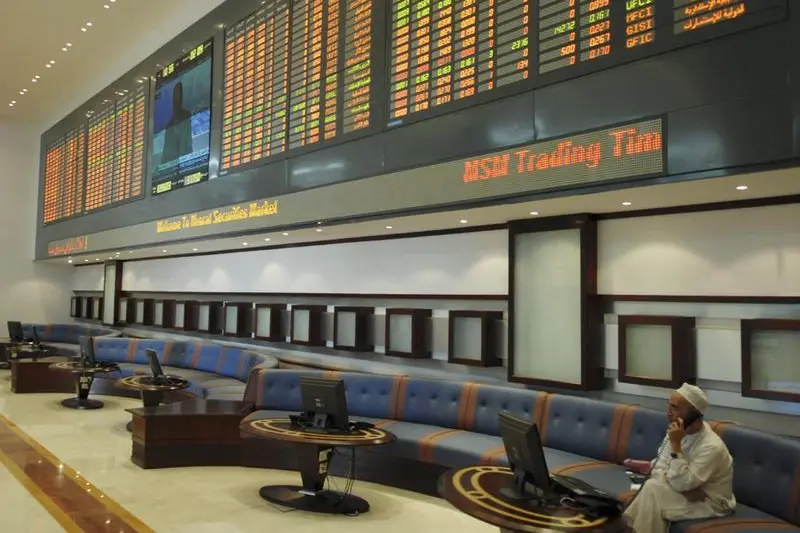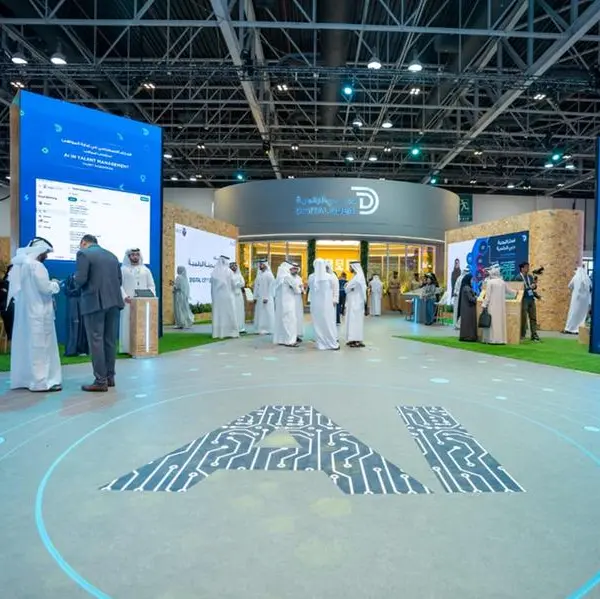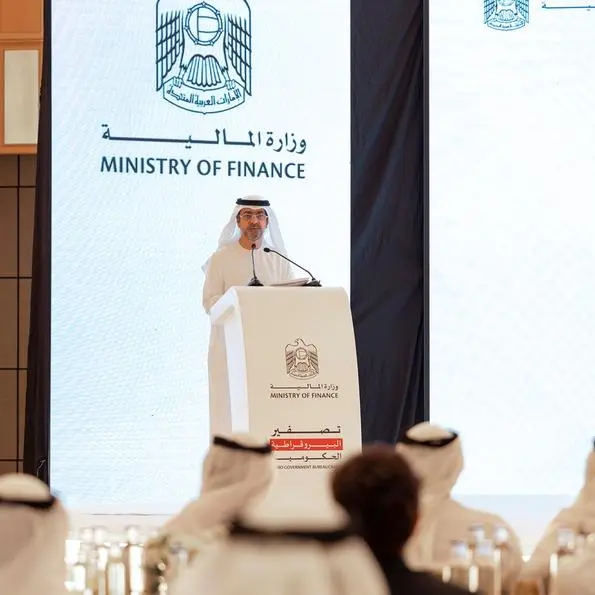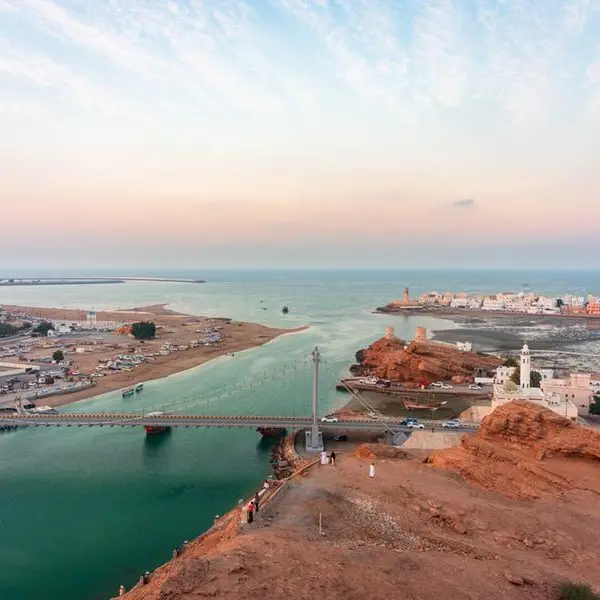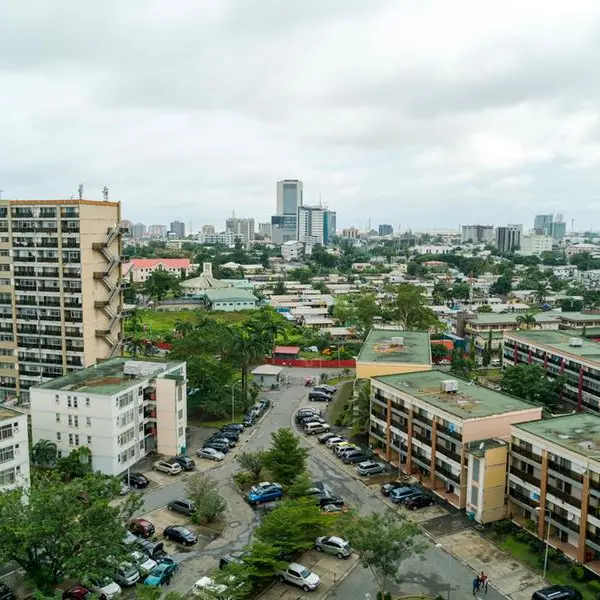PHOTO
01 January 2017
Samuel Kutty
Muscat - Oman’s budget for 2017 is expected to be in line with the government’s long-term development strategy adopted in its Ninth Five-Year Plan.
According to financial experts, the budget will focus on rationalising costs and slashing non-essential expenditure while supporting the welfare of citizens.
While 26 per cent of GDP is projected to come from oil, the assumed oil price will be $45 per barrel with an average production of 990,000 barrels a day.
“There is likely to be a net rise in oil revenue, as the government has committed to cut production by around 45,000 barrels per day as part of the global pact effective from today,” pointed out a financial analyst with a local bank.
The 2017 deficit is likely to be at RO 3 billion, which is marginally less than RO 3.3 billion in the previous budget, while the total revenue may be set above RO 8.5 billion. The Ninth Plan estimates an average annual deficit of RO 2.96 billion, while as a percentage of total revenue, the deficit is expected to gradually reduce from 38 per cent in 2016 to 25 per cent in 2020.
“In case of a sustainable rise in the oil prices above $50 per barrel, any surplus revenue which is higher than the budgeted price can be used to cover the deficits,” opined the expert. The 2016 deficit amounted to 38 per cent of revenue and 13 per cent of GDP.
“The present budget is unlikely to resort to the previous level of financing from state reserves or grants to fill the deficit gap. Instead, it is likely to enhance non-oil revenues and introduce some new taxes,” said the analyst.
An official from the ministry of finance recently confirmed that there would be borrowings in 2017 as well. Apart from an economic diversification in accordance with the Ninth Plan, the budget will emphasise on the role of private sector in the development of non-oil sectors such as manufacturing, transportation and logistics, tourism, fisheries and mining. Oil and gas revenues are likely to be budgeted at par with the 2016 level of about RO 6.15 billion with no further cut in development expenditure.
“Cuts in important sectors, including health, education, social security and housing, which support the welfare of the people, are unlikely to happen,” said the expert.
Defence spending and expenditure on oil and gas production are likely to be fairly constant with the previous level of 2016, while subsidies will fall below the RO 400 million mark.
As a result of the announcements made in the 2015 budget, amendments have already been made to corporate tax, fee rise in real estate transactions, electricity and water tariffs, visa and resident card fees, municipality fee for lease registrations etc. Inflation will be targeted at the present limit. The recent fall in commodity prices is expected to help in reducing expenditure.
© Oman Daily Observer 2017
Samuel Kutty
Muscat - Oman’s budget for 2017 is expected to be in line with the government’s long-term development strategy adopted in its Ninth Five-Year Plan.
According to financial experts, the budget will focus on rationalising costs and slashing non-essential expenditure while supporting the welfare of citizens.
While 26 per cent of GDP is projected to come from oil, the assumed oil price will be $45 per barrel with an average production of 990,000 barrels a day.
“There is likely to be a net rise in oil revenue, as the government has committed to cut production by around 45,000 barrels per day as part of the global pact effective from today,” pointed out a financial analyst with a local bank.
The 2017 deficit is likely to be at RO 3 billion, which is marginally less than RO 3.3 billion in the previous budget, while the total revenue may be set above RO 8.5 billion. The Ninth Plan estimates an average annual deficit of RO 2.96 billion, while as a percentage of total revenue, the deficit is expected to gradually reduce from 38 per cent in 2016 to 25 per cent in 2020.
“In case of a sustainable rise in the oil prices above $50 per barrel, any surplus revenue which is higher than the budgeted price can be used to cover the deficits,” opined the expert. The 2016 deficit amounted to 38 per cent of revenue and 13 per cent of GDP.
“The present budget is unlikely to resort to the previous level of financing from state reserves or grants to fill the deficit gap. Instead, it is likely to enhance non-oil revenues and introduce some new taxes,” said the analyst.
An official from the ministry of finance recently confirmed that there would be borrowings in 2017 as well. Apart from an economic diversification in accordance with the Ninth Plan, the budget will emphasise on the role of private sector in the development of non-oil sectors such as manufacturing, transportation and logistics, tourism, fisheries and mining. Oil and gas revenues are likely to be budgeted at par with the 2016 level of about RO 6.15 billion with no further cut in development expenditure.
“Cuts in important sectors, including health, education, social security and housing, which support the welfare of the people, are unlikely to happen,” said the expert.
Defence spending and expenditure on oil and gas production are likely to be fairly constant with the previous level of 2016, while subsidies will fall below the RO 400 million mark.
As a result of the announcements made in the 2015 budget, amendments have already been made to corporate tax, fee rise in real estate transactions, electricity and water tariffs, visa and resident card fees, municipality fee for lease registrations etc. Inflation will be targeted at the present limit. The recent fall in commodity prices is expected to help in reducing expenditure.
© Oman Daily Observer 2017
